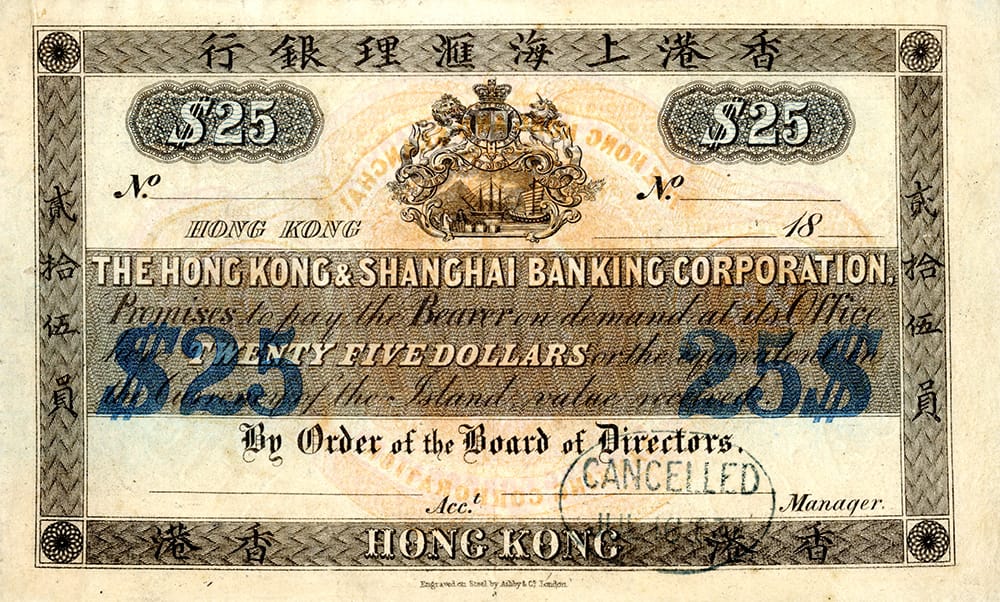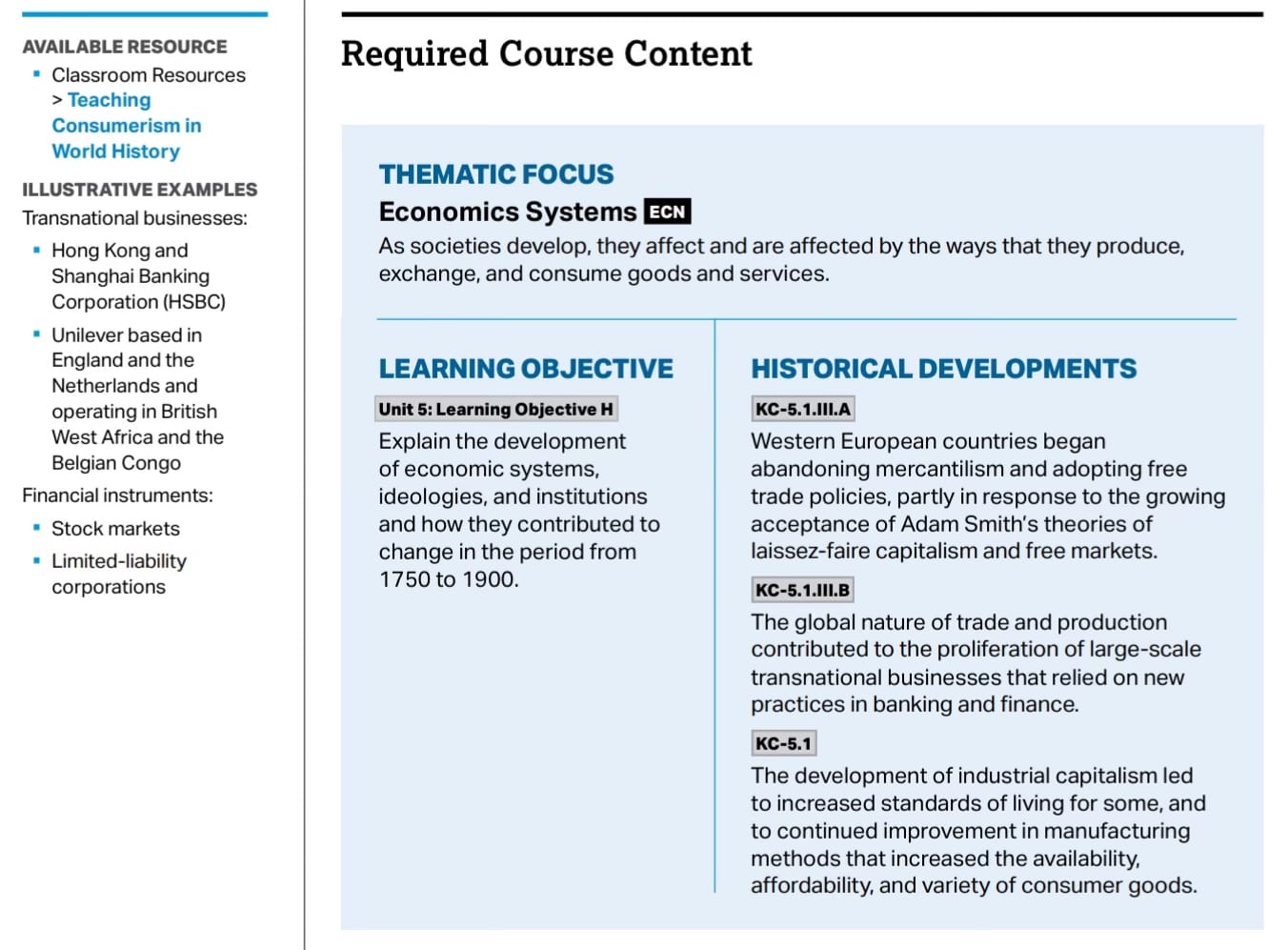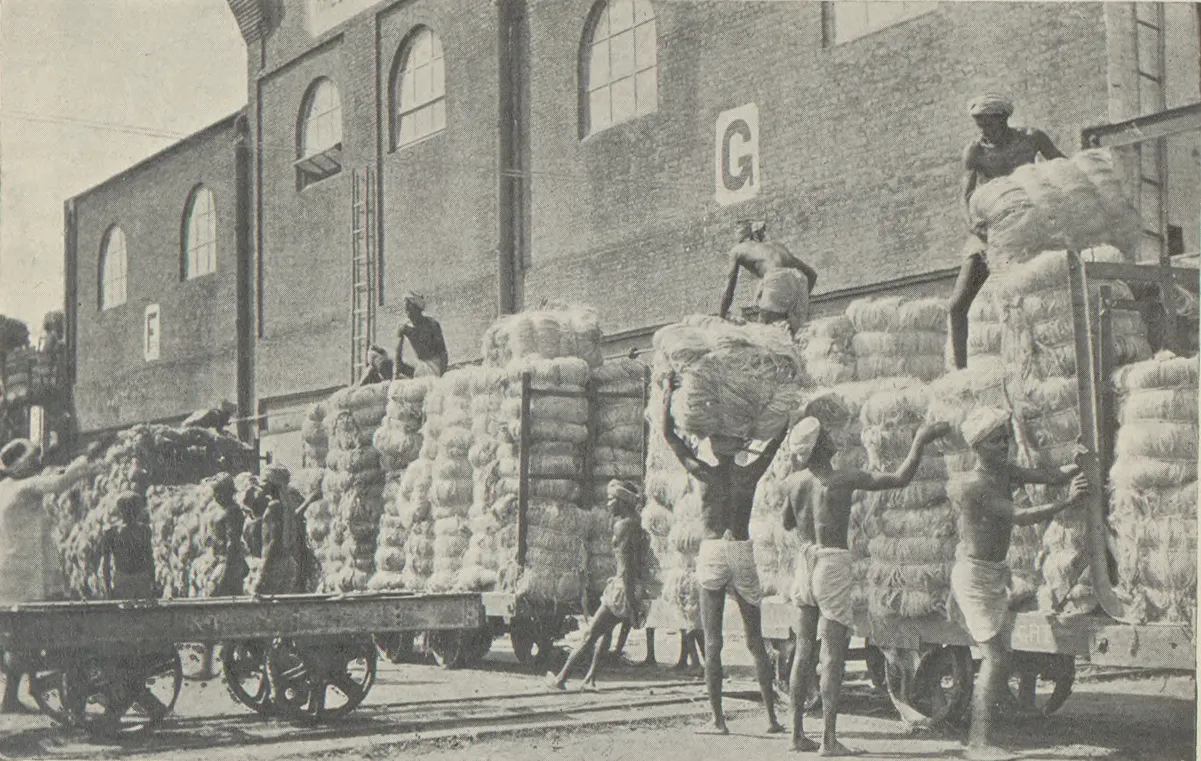“To Start a Bank in China”: Teaching Nineteenth-Century Transnational Businesses
Discussion of teaching the development of nineteenth-century transnational businesses


If you’ve ever looked at the AP World History curriculum guide and wondered how the Hong Kong and Shanghai Banking Corporation (HSBC) ended up as one of the suggested illustrative examples for “transnational businesses,” there’s a funny story attached. Before I tell the story, I also promise to include some helpful primary sources for teaching this topic at the end.
When I moved to New York City in 1999, I started teaching at the Garden School in Jackson Heights, Queens. I had just moved to the city and had not set up a local bank account. One block from the Garden School was a branch of HSBC. I finished signing my paperwork at Garden and then opened an account at HSBC. I didn’t know anything about the bank other than it was conveniently located near my job. When I began traveling abroad, it surprised me that my small “local bank” had branches all over the world. As I read about the history of British imperialism in China, I was surprised to find out that British merchants co-founded the bank in Hong Kong and Shanghai in 1865.
In 2009 and 2010, I was on the Curriculum Development Committee for the CollegeBoard that redesigned the original AP World History curriculum framework. We developed the key concepts and illustrative examples to help teachers know what needed to be taught and allow them to teach historical concepts using examples they already knew. As the committee discussed examples of new nineteenth-century transnational businesses, I immediately suggested HSBC. I remember explaining how the company was founded, its connection to the “China trade,” and how it still had branches in all the major financial centers worldwide. That’s how HSBC ended up in the AP World History curriculum.
The Source
This Content is for Subscribers on the Buy Me Lunch and Buy Me Dinner tiers
SubscribeAlready have an account? Log in



